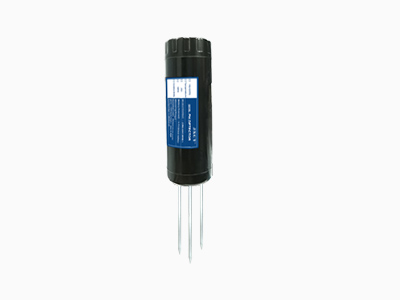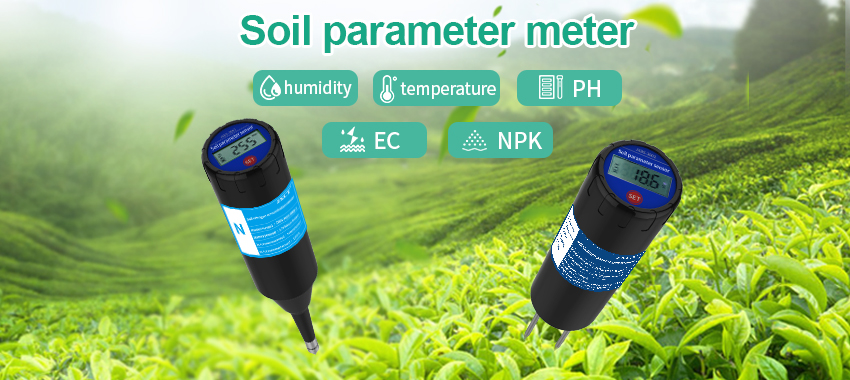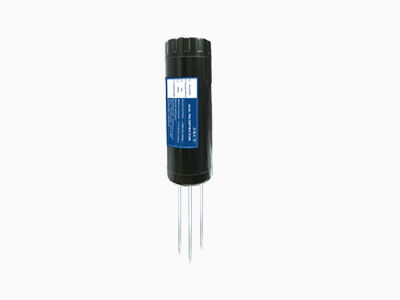Precision farming, also known as precision agriculture or smart farming, is a modern agricultural approach that utilizes advanced technology to optimize crop production. One of the key components of precision farming is the use of soil sensors, which provide valuable data on soil conditions, allowing farmers to make informed decisions about irrigation, fertilization, and overall crop management. This article explores how soil sensors are revolutionizing farming practices, enhancing crop yield, and improving nutrient management.

Understanding Soil Sensors:
Soil sensors, also called soil moisture sensors or soil fertility sensors, are devices specifically designed to measure various properties of the soil. These sensors can detect parameters such as soil moisture content, temperature, nutrient levels, pH levels, salinity, and compaction. They are often placed at different depths within the soil to collect data at multiple layers, providing a comprehensive understanding of soil conditions.
Benefits of Soil Sensors in Precision Farming:
Accurate Soil Moisture Monitoring:
One of the primary benefits of soil sensors is their ability to monitor soil moisture levels accurately. By continuously measuring soil moisture content, farmers can determine the ideal time for irrigation, ensuring that crops receive the right amount of water. This prevents overwatering or underwatering, leading to improved water use efficiency and healthier plants.
Optimal Nutrient Management:
Soil sensors help farmers optimize the application of fertilizers by monitoring nutrient levels in the soil. By analyzing the data provided by these sensors, farmers can determine the nutrient requirements of their crops more precisely. This allows for targeted and precise fertilizer application, reducing wastage and minimizing environmental impacts.
Improved Crop Yield and Quality:
With the information obtained from soil sensors, farmers can make data-driven decisions to improve crop yield and quality. By ensuring that the soil moisture levels and nutrient levels are within the optimal range, plants can thrive and produce higher yields. This precision in crop management also leads to better quality produce, meeting market demands and increasing profitability.
Resource Efficiency:
Soil sensors enable farmers to optimize resource usage, resulting in increased efficiency and cost savings. By accurately measuring soil moisture content, farmers can avoid unnecessary irrigation, conserving water resources. Additionally, by monitoring nutrient levels, farmers can apply fertilizers more efficiently, reducing excess application and minimizing nutrient runoff that can pollute water bodies.
Timely Intervention and Disease Prevention:
Soil sensors can detect early signs of plant stress or disease by monitoring soil conditions. Changes in moisture levels or nutrient imbalances can indicate potential issues that may affect crop health. With this information, farmers can take timely action, such as adjusting irrigation schedules or applying targeted treatments, preventing the spread of diseases and minimizing crop losses.
Advancements in Soil Sensor Technology:
Technological advancements have significantly improved the capabilities of soil sensors, making them more accurate, durable, and user-friendly. Some notable advancements include:
Wireless Connectivity:
Modern soil sensors are typically equipped with wireless connectivity options, allowing real-time data transmission and remote monitoring. Farmers can access the data collected by the sensors through mobile applications or web-based platforms, enabling them to make informed decisions from anywhere.
Integration with Farm Management Systems:
Soil sensors can be integrated with farm management systems or agricultural software, creating a comprehensive digital platform for data analysis and decision-making. These integrated systems provide farmers with a holistic view of their farms, combining data from soil sensors, weather stations, and other sources, further optimizing farm operations.
Multi-Parameter Sensors:
Traditional soil sensors usually measure one specific parameter, such as soil moisture or pH levels. However, advanced multi-parameter sensors are now available, capable of measuring several soil properties simultaneously. This eliminates the need for multiple sensors, reducing costs and simplifying data collection processes.

Challenges and Future Outlook:
While soil sensors offer immense potential for precision farming, several challenges need to be addressed to maximize their effectiveness:
Cost:
The upfront cost of soil sensors can be a barrier for small-scale farmers or those with limited financial resources. However, as technology advances and economies of scale are achieved, the cost of these sensors is expected to decrease, making them more accessible to all farmers.
Calibration and Maintenance:
Proper calibration and regular maintenance of soil sensors are crucial to ensure accurate
